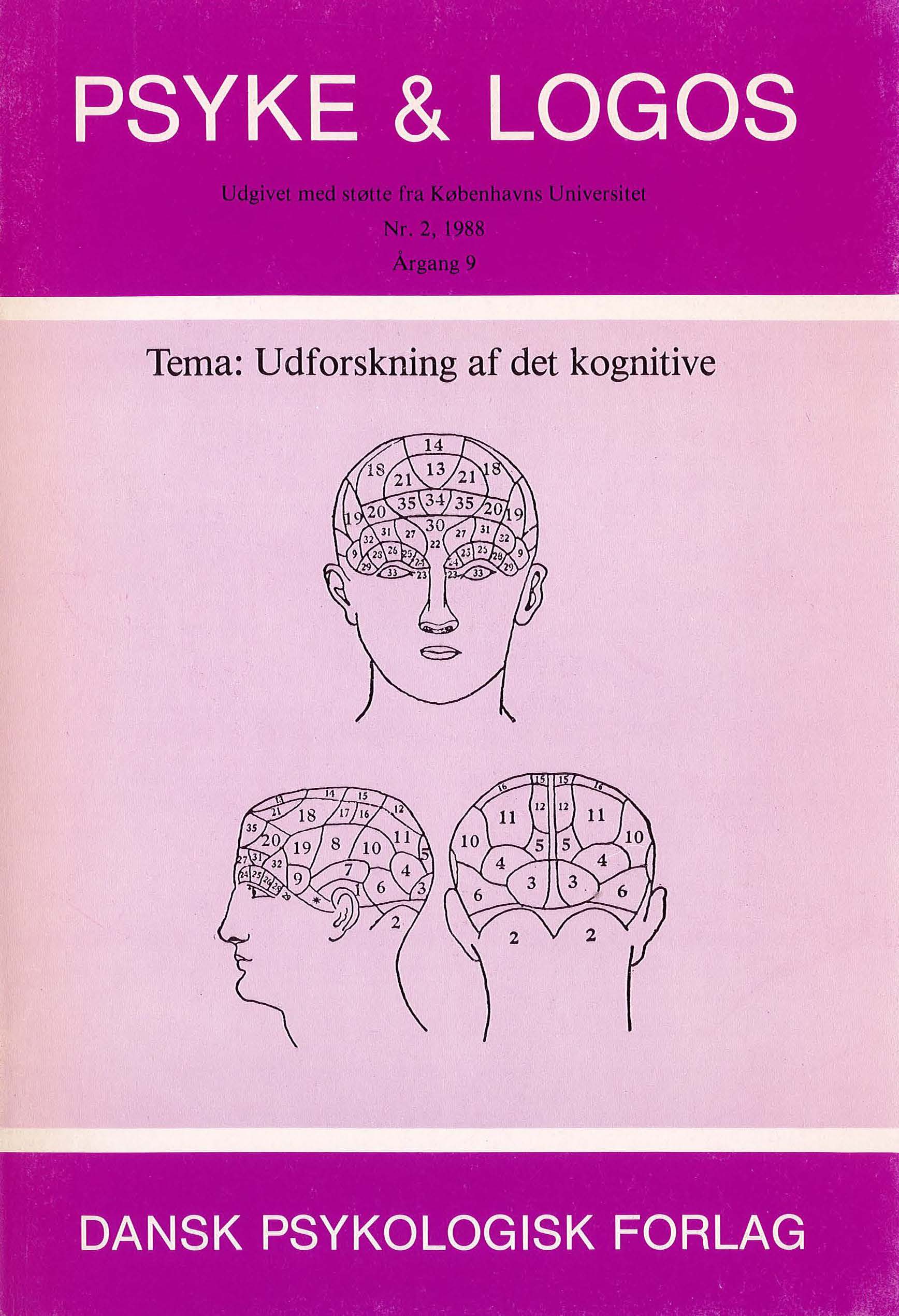Parallel distributed processing
DOI:
https://doi.org/10.7146/pl.v9i2.134261Abstract
After briefly reviewing the appealing psychological properties of PDP systems, an introduction to their historical roots and basic computational mechanisms are provided. A variety of network architectures are described including one-layered perceptrons, back
propagation networks, Boltzmann machines and recurrent systems. Three PDP simulations are analysed: First, a model that purports to learn the past tense of English verbs; Second, a constraint satisfaction network which is able to interpret the alternative configurations of a Necker cube; Finally, a recurrent network which is able to decipher membership of grammatical classes from word-order information. The notion that PDP approaches provide a sub-symbolic account of cognitive processes, in contrast to the
classical symbolic view, is examined. The article concludes with brief speculation concerning the explanatory power of PDP systems at the cognitive level of functioning.
Downloads
Published
How to Cite
Issue
Section
License
Ophavsret er tidsskriftets og forfatternes. Det er gældende praksis, at artikler publiceret i Psyke & Logos, som efterfølgende oversættes til andet sprog, af forfatteren frit kan publiceres i internationale tidsskrifter, dog således at det ved reference fremgår, at den oversatte artikel har et forlæg i en dansksproget version i Psyke & Logos. Artikler kan frit deles og linkes til på forsknings- og undervisningsnetværk (så som Blackboard). Link foretrækkes, fordi det giver oplysning om brug af tidsskriftets artikler.




